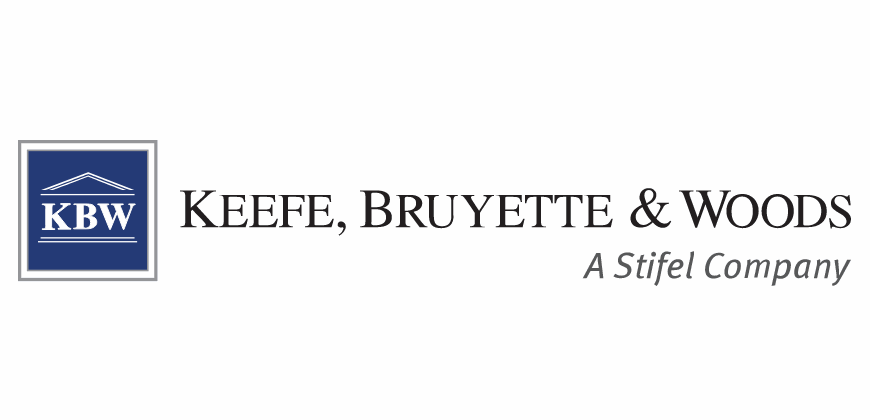Even though the global reinsurance market remains awash with capacity, it remains rational in its insistence of continued rate increases, in order to assume risks that are viewed as intensifying, according to KBW’s analyst team.
 It’s a great summary of the current state of reinsurance markets, that there is a great deal of capital in the industry right now, even more on the sidelines, but that almost all of it is targeting higher returns at this time.
It’s a great summary of the current state of reinsurance markets, that there is a great deal of capital in the industry right now, even more on the sidelines, but that almost all of it is targeting higher returns at this time.
The market’s response to the drivers of consecutive high catastrophe loss years, ongoing prolonged loss creep and claims amplification, rising losses from so-called secondary perils and frequency of major events high, alongside the heightened perception of risk that the pandemic has forced onto the reinsurance sector, is certainly rational.
January 2022 renewals are set to be a test of this rationality, as we see just how urgent these rate gains the industry is discussing turn out to be once the renewal nears its closure.
KBW’s analyst team led by Meyer Shields notes that after their discussions with market participants around what would have been the 2021 Monte Carlo Rendezvous, they conclude that rates should keep rising, as that is what everyone in the industry is calling for.
This is “a fully rational response to increasing risk”, driven by factors such as climate change, social inflation, financial inflation, cyber losses, and depressed investment yields, KBW said.
As a result, they expect the underlying returns of the reinsurance industry will increase, as rate rises and policy term changes earn through.
Abundant capacity is “rationally insisting on being paid more to assume risks that are themselves intensifying,” the analysts explain.
As a result, they expect that rather than steep and abrupt rate rises, that this time the hardening of the market will last longer than the typical cycle.
Perhaps this represents more of a correction for lax underwriting standards of the past, as while certain factors have accelerated the signs have been there for a number of years.
Here’s the real crux of the matter though, that, “Market participants fully recognize that rising loss costs, persistently pressured investment returns, and increasing volatility would otherwise likely produce returns ranging from inadequate to terrible.”
It’s true that there has been a realisation that dwindling returns were going to drive disappointment among the shareholders and capital providers backing the traditional reinsurance industry.
This time, reinsurers need the rate firming to persist, as rates are not firming as fast as in previous hard markets, KBW said.
Returns are expected to increase, on the back of rate rises earning through and portfolios having been made more resilient through pruning and terms enhancement.
But, while it’s positive to hear rates will continue to rise, that is going to flow through to ultimately raise reinsurance costs for the primary market and so drive insurance rates for consumers.
At some point, the reinsurance market needs to deal with the expense and intermediation related costs that make up a significant proportion of the transaction.
At the same time, ceding companies will have to think about how much they pay to secure their reinsurance, beyond the pure protection rate on-line and ask whether those costs are warranted, or could be reduced by accessing capital more efficiently.
As a result, as the market hardens for all the right reasons this time around, we still expect this to increase the focus on capital efficiency and using technology to transact.
In fact, as rates continue to rise surely the re/insurance industry as a whole, and its shareholders, should be asking how it can cut costs out of the equation to try and keep the protection it provides as cost-effective as possible for the end-customer.
It’s certainly rational to want to be charged risk commensurate rates, that should be a given and is something the industry has now become increasingly focused on at last.
But, at the same time, it is rational for re/insurer shareholders to question whether placements and deals (and processes) are providing the maximum value and allowing their investments to access the reinsurance capacity they need at efficient terms and pricing, also whether intermediation is returning value that is commensurate with the cost of it.
As a result, if we are in for more sustained rate rises, or at least stability, we don’t expect that will detract from the calls for efficiency, and neither should it.
The industry does need to work on delivering returns that beat its cost-of-capital, but must always consider whether that cost-of-capital is as efficient as it could be as well.
Risk commensurate rates are key to the industry’s long-term sustainability and it is really encouraging to see the response to recent events and frequency challenges.
But, how efficient and effective the industry actually is should also be a consideration, in setting where baseline prices are.
 View all of our Artemis Live video interviews and subscribe to our podcast.
View all of our Artemis Live video interviews and subscribe to our podcast.
All of our Artemis Live insurance-linked securities (ILS), catastrophe bonds and reinsurance video content and video interviews can be accessed online.
Our Artemis Live podcast can be subscribed to using the typical podcast services providers, including Apple, Google, Spotify and more.































